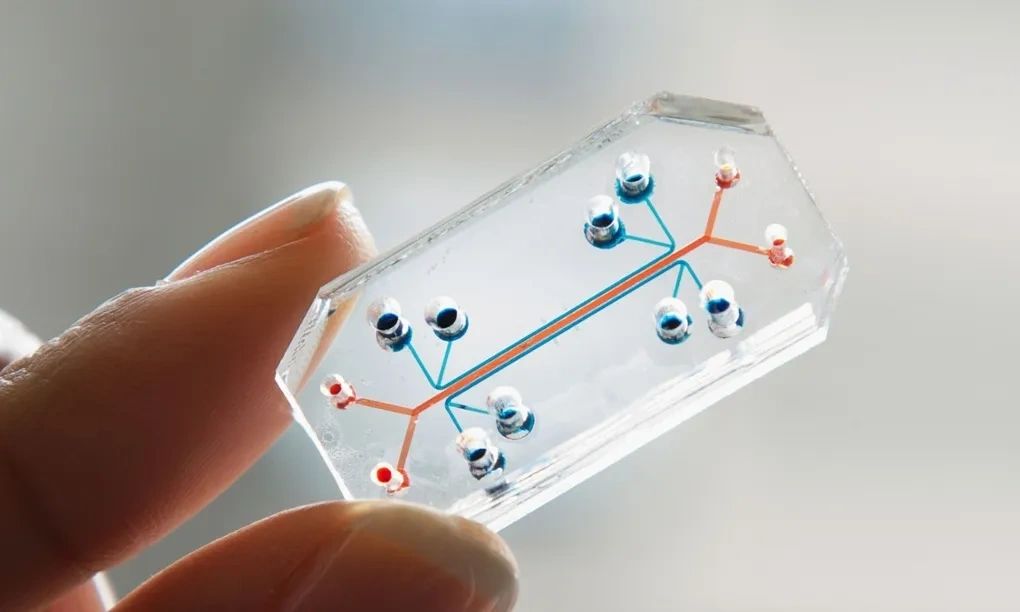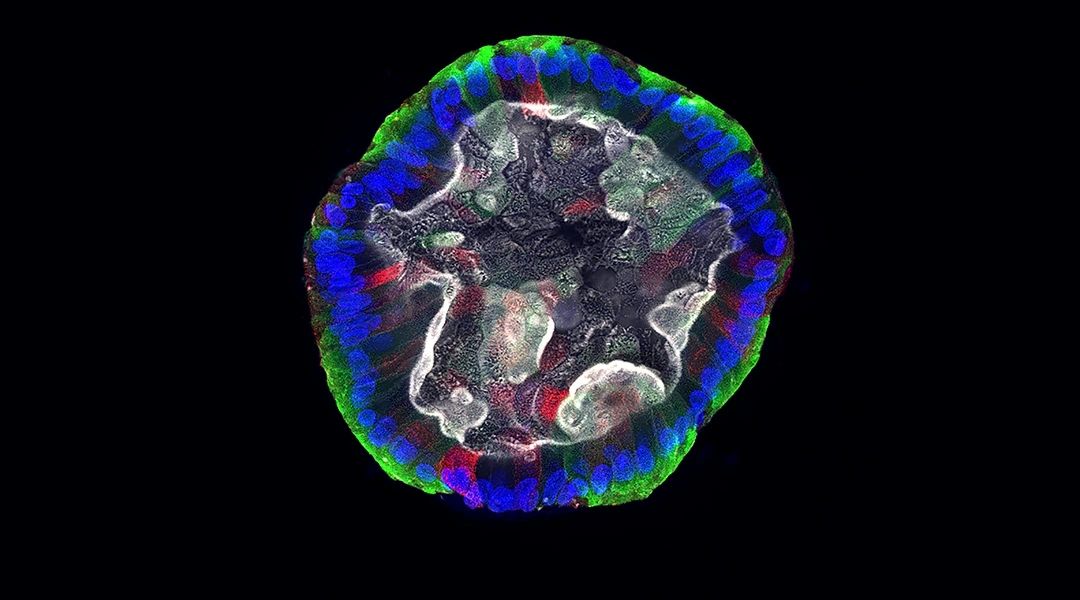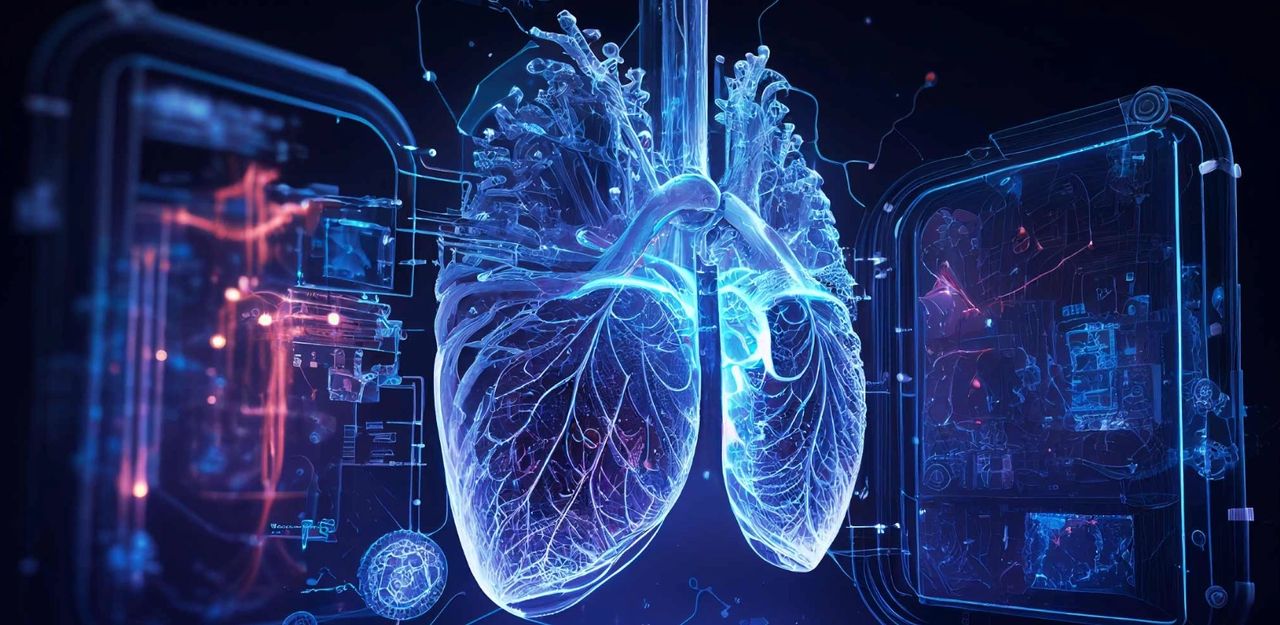13 October 2024
Animal testing is an outdated, ineffective and barbaric practice that has never served human health. Despite decades of reliance on animals to test drugs, study diseases, and develop treatments, it is painfully evident that animals are inadequate in predicting human responses. What’s worse, millions of animals are subjected to immense suffering in the name of education and research—when effective, humane alternatives are available right now.
As science continues to evolve, new, cutting-edge technologies offer effective and reliable solutions for human health and disease research. Yet, animal testing persists in educational institutions, from, as early as schools, to universities, despite the fact that it has failed to deliver promised results. It’s time for a reality check on this practice—and to remove it from science curricula altogether.
Why Animal Testing Has Failed
1. Poor Predictability for Human Responses Animal testing has repeatedly shown that it fails to accurately predict human outcomes. According to the National Institutes of Health, 90-95% of drugs that prove safe and effective in animals fail in human clinical trials. These failures are not just due to unexpected side effects but also because animal physiology differs too greatly from humans. The result? Wasted time, money, and animal lives, without any benefit to human health.
2. Inability to Model Human Complexity Complex human diseases such as Alzheimer’s, cancer, and cardiovascular conditions are poorly modelled in animals. While animals like mice or rats may develop similar diseases, the processes that underlie them are not the same as in humans. For example, rodents have vastly different immune systems and metabolic processes, leading to research that doesn’t apply to humans. This mismatch results in misleading data and costly failures in drug development.
3. Failure to Represent Human Genetic Diversity Another critical failure of animal testing is its inability to account for the vast diversity present within the human population. Humans are wonderfully unique—our differences range from the colour of our eyes, hair, and skin to individual allergies and intolerances. These variations are a defining feature of our species and shape how our bodies respond to medical treatments.
Animals, too, have their own specific intolerances to certain plants, foods, and substances like essential oils. What may be safe for humans can have disastrous effects on animals, and vice versa. These key differences highlight a fundamental biological variation between species. So how can we trust the critical testing of medicines on animals when their biology fails to reflect our own?
In fact, humans have nearly missed out on life-saving treatments because of this disconnect. Aspirin, for example, has caused severe effects on animals, yet it has revolutionised human health with its pain-relieving and anti-inflammatory properties. Similarly, penicillin, a drug that can be lethal to some animals, has saved countless human lives by combating bacterial infections. The solution to this problem does not lie in testing on animals that only share superficial similarities with us but rather in embracing human-relevant, cutting-edge scientific solutions.
4. Ethical and Moral Failures Beyond the scientific flaws, animal testing is simply cruel. Every year, millions of animals endure pain, fear, and death in laboratory settings. These animals are often subjected to invasive procedures, deprivation, and long-term suffering, without any relief from their pain. Continuing to use animals in experiments when viable alternatives exist is ethically indefensible.
Modern Science Solutions
The good news is that science has developed advanced and accurate methods to study human health without harming animals. These technologies offer relevant and precise data for humans.

1. Organ-on-a-Chip Technology: These tiny, bioengineered devices simulate the environment of human organs, allowing scientists to observe how chemicals, pharmaceutical drugs or diseases affect human cells in real time. For example, a recent study demonstrated that a liver-on-a-chipwas significantly effective in predicting drug-induced liver toxicity removing the need for ineffective animal-based testing.

2. Human Cells, Tissues and Organoids: Scientists can now use human cells to study diseases and test drug interactions. These cell-based models are directly derived from human tissues, making them highly relevant and specific to human biology. By utilizing human cells, researchers can explore how individual genetics influence responses to treatments, leading to a more personalized approach to medicine.
In addition, scientists can grow three-dimensional human tissues in the lab, known as organoids, which closely mimic the structure and function of real organs. Organoids hold enormous potential for disease modelling, personalised medicine, and rare disease research, among other exciting applications.
Through advanced techniques like 3D bioprinting and tissue engineering, scientists can even create complex human tissues and organ structures using a patient’s own cells. This allows for drug testing and therapeutic research in environments that accurately reflect human biology, completely bypassing the need for the horrendously flawed animal testing. These engineered tissues replicate intricate biological functions, offering a reliable and highly effective platform for studying diseases and developing treatments.

3. Artificial intelligence (AI) and Computational Models: AI and computer modelling have emerged across all industries as powerful tools which we can harness in modern research. Computational models can simulate how a drug might interact with the human body by processing enormous amounts of data. AI-driven simulations are faster, cheaper, and accurate, helping scientists make better decisions in the early stages of drug development. AI can also remove the reliance on animal testing through its suitability to handle large and complex volumes of data.
A Shift in Policy: Why Education Must Follow Suit
In a groundbreaking move, the FDA has recently legalised alternatives to animal testing for drug development, recognising that modern methods like organ-on-a-chip and computational models can successfully and reliably predict human responses. This shift in policy reflects a broader recognition of the limitations of animal testing and the superior accuracy of non-animal methods.
If the FDA, one of the most rigorous regulatory bodies in the world, now allows these alternatives for critical areas like drug safety, why shouldn’t educational institutions follow suit? Schools, colleges, and universities should align their curricula with these advancements, preparing students to work with cutting-edge, humane research methods that reflect the future of science.
By incorporating these alternatives into education, we not only train the next generation of scientists in the most advanced techniques but also ensure that they are prepared to meet the ethical and scientific standards required in modern research environments.
Time for a Reality Check on Our Relationships with Animals
As a species, we’ve become disconnected from the animals we share this Earth with. Many of us view animals as resources for testing, without considering the suffering we inflict upon them. In a world where science offers so many innovative solutions, continuing to rely on animal testing is not only unnecessary but also morally bankrupt.
Our relationship with animals needs to change. We must recognise that animals are sentient beings who feel pain, stress, and fear, just as humans do. By shifting toward humane research methods, we honour our responsibility to protect animal life while advancing science in ways that truly benefit human health.
A Humane Future: Eliminating Animal Testing from Science Curricula
Schools are at the very root of shaping how we perceive and relate to animals. From a young age, students are taught about the natural world, but they are also exposed to outdated practices like animal testing which are normalised into colleges and largely promoted in universities. If we want to foster a more compassionate and ethical relationship with animals, it must start in the classroom from early age.
Students today are more ethically conscious than ever, and they deserve an education that aligns with modern scientific advancements. Replacing animal testing with innovative technologies will not only make science education more relevant but will also foster a generation of researchers committed to ethical practices and humane solutions.
By eliminating animal experimentation from school, college, and university curricula, we can encourage the next generation of scientists to explore humane, cutting-edge alternatives that benefit both animals and humans.
Conclusion
Animal testing is an outdated, ineffective, and cruel practice that has no place in modern science or education. With groundbreaking alternatives like organ-on-a-chip, human cell-based testing, and AI models, we have the tools to conduct research in ways that are accurate, effective and ethical. Educational institutions play a vital role in shaping the future of science, and, they should lead the way in modern science, leaving archaic animal testing in the past.
By eliminating animal testing from science curricula, we can pave the way for a future where animals are no longer exploited for experiments, and scientific progress is made with compassion and precision.
The time is now to make the humane choice—for animals and for the future of science. Visit my website and get in touch if you’re interested in developing an educational program that teaches the scientists of tomorrow about non-animal solutions in modern science education!
Savita Nutan
Founder of Medicine Without Cruelty
